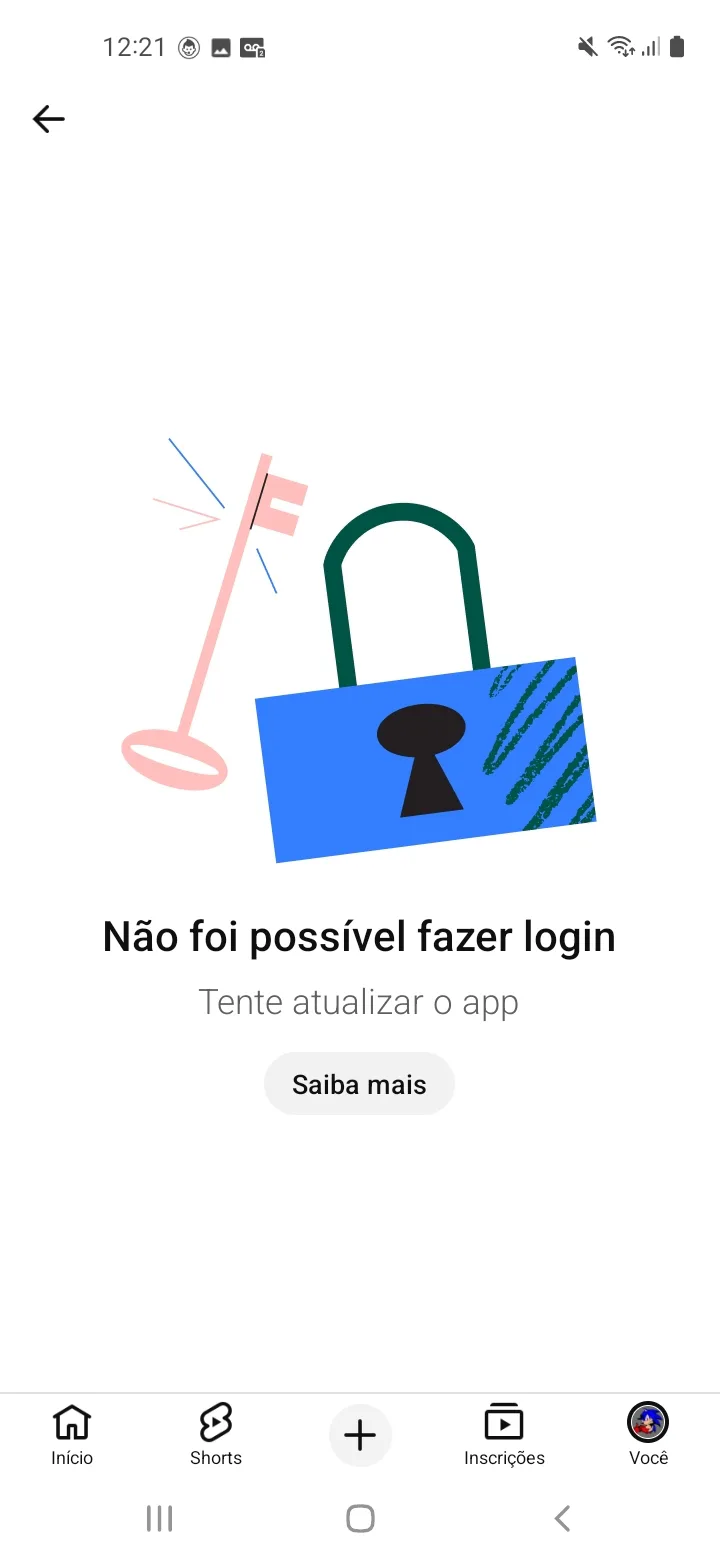Punishments for breaking rules vary widely depending on the context and nature of the infraction. In general, they can include warnings, fines, suspensions, access restrictions, loss of privileges, temporary or permanent bans, and in more serious cases, legal action with sanctions such as fines or imprisonment.
Types of Punishments:
Warning: A formal warning about the infraction committed, warning about the consequences of future violations.
Fine: Financial penalty imposed on the offender.
Suspension: Temporary prohibition of access to a service, platform or activity.
Ban/Exclusion: Permanent removal of the user from the platform or service.
Access Restriction: Limitation of certain functionalities or access to specific areas of the platform.
Loss of Points/Privileges: Elimination of accumulated points or loss of benefits granted to users.
Legal Actions: In cases of serious crimes or violations, punishments may include legal proceedings, with the application of fines or imprisonment.
Contexts and Examples:
Online Platforms:
Warnings, suspensions, bans for violation of terms of service, hate speech, spam, etc.
Companies:
Warnings, suspension, just cause for serious misconduct, violation of internal policies, etc.
Sports Organizations:
Fines, suspensions of matches or tournaments, loss of points, stadium closures, etc.
Digital Crimes:
Prison, fines, compensation for damages, etc.
Acts of Administrative Misconduct:
Loss of public office, suspension of political rights, compensation for damages, fines, etc.
Notes:
The severity of the punishment must be proportional to the infraction committed.
It is important that the rules and punishments are clear and transparent to all users or members.
Some infractions may generate both disciplinary sanctions and legal action, depending on the nature of the violation.
Penalties for cyber theft in the United States vary depending on the nature of the crime, but can include heavy fines, imprisonment, and in some cases, forfeiture of assets. The U.S. government takes cybercrime seriously and seeks to punish those who commit it, with the goal of protecting both individuals and businesses.
Penalties and Penalties:
Fines:
Fines can be substantial, especially in cases of large-scale theft or theft that affects financial systems.
Imprisonment:
Imprisonment can range from a few months to several years, depending on the severity of the crime and the damage caused.
Asset Forfeiture:
The government may confiscate assets acquired through criminal activity as part of the punishment and to compensate victims.
Entry Ban:
In some cases, individuals convicted of cybercrimes may be banned from entering the United States.
Account and Asset Seizure:
The government may freeze bank accounts and other assets of individuals or businesses involved in cybercrimes.
International Sanctions:
In cases of transnational cybercrimes, the U.S. government may coordinate with other countries to apply additional sanctions.
Common Cybercrimes:
Phishing:
Sending fake emails or messages to trick people into obtaining personal information, such as passwords and credit card details.
Malware and Ransomware:
Developing or distributing malicious software that can infect devices and systems, causing damage or demanding ransom.
DDoS Attacks:
Launching attacks that overload systems with traffic to make them inaccessible.
Data Theft:
Illegally accessing sensitive information, such as financial data or personal information.
E-commerce Fraud:
Creating fake websites or advertisements to trick people into selling non-existent products.
Importance of Prevention:
In addition to punishments, the U.S. government emphasizes the importance of preventing cybercrimes. This includes measures such as:
Education:
Raising public awareness of the risks of cybercrime and how to protect themselves.
Technology:
Developing security tools and systems to protect networks and devices.
Cooperation:
Fostering collaboration among government agencies, the private sector, and the international community to combat cybercrime.
The U.S. government has a robust set of laws and resources to address cybercrime, both to punish criminals and to protect the public from its effects.
Copyright law grants creators exclusive rights over their original works of authorship, such as literary, dramatic, musical, and certain other intellectual works. These rights, which include the ability to reproduce, distribute, and display the work, are intended to encourage creativity by providing creators with a limited monopoly over their creations. Copyright protection arises automatically when a work is fixed in a tangible form, and it generally lasts for the life of the author plus a set number of years (e.g., 70 years in the US).
Key aspects of copyright law:
Originality and Fixation:
To be protected by copyright, a work must be original (independently created) and fixed in a tangible medium of expression.
Exclusive Rights:
Copyright owners have the exclusive rights to reproduce, distribute, adapt, display, and perform their work.
Fair Use:
Copyright law includes exceptions, such as fair use, which allows for limited use of copyrighted material for purposes like criticism, comment, news reporting, teaching, scholarship, or research without permission from the copyright holder.
Copyright Duration:
The duration of copyright protection varies by jurisdiction, but it generally extends for the life of the author plus a specified number of years.
Copyright Registration:
While not always mandatory, registering a copyright with the relevant authorities (e.g., the U.S. Copyright Office) can provide additional benefits, such as the ability to sue for infringement in federal court.
Copyright Infringement:
Unauthorized use of copyrighted material can lead to legal consequences, including fines and injunctions.
International Agreements:
Various international agreements, such as the Berne Convention and the TRIPS Agreement, establish minimum standards for copyright protection and facilitate international cooperation in copyright matters.














0 comments